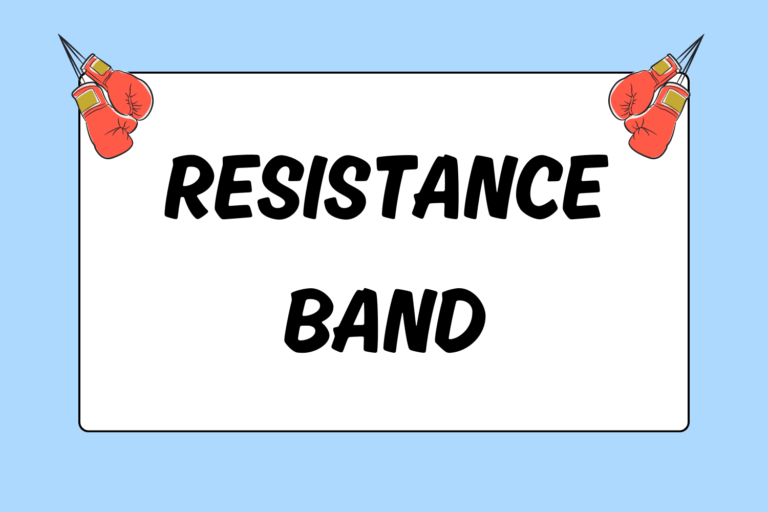Southpaw boxers are often ignored during training, as they are simply told to do “the opposite” of what orthodox boxers do. If you are a southpaw fighting another southpaw, you can use the same instruction and technique as your orthodox counterparts when they fight other orthodox boxers. Movement and counterpunching, on the other hand, are slightly different when you are a southpaw fighting an orthodox opponent. This guide teaches southpaw boxers how to counter an orthodox opponents’ jab.
What is Counterpunching?
Even the most technically-polished boxers get caught out of position once in a while. In fact, whenever you throw a punch, you leave yourself open for a punch. The key is to disguise your punches by throwing them in combinations, feinting, and continuously changing your position by moving forward, backward, and side-to-side.
Counterpunching combines defensive skill and offensive tactics. The point is to exploit your opponent’s vulnerabilities after he throws a punch. As your opponent throws various punches, he opens himself up for a counterattack. The jab is the simplest punch to counter.
Parrying & Countering
As a southpaw, it’s easiest to parry your opponent’s jab with your right hand. Simply tap the outside of his wrist as the jab approaches your face. Parrying his jab inward gives you outside position on your opponent, assuming your lead foot remains outside of his lead foot. Outside positioning allows you to work the left side of your opponent’s body with relative ease.
After you parry his jab, counter by throwing a jab of your own. In most cases you will be able to jab his head while his arm is coming back. Your movements must be quick, though, in order for this tactic to be successful. As always, double or triple jab combinations are effective point scorers as long as you get your hand back quickly in anticipation of his counter.
Other options stemming from the parry, jab sequence are the jab, straight left (1-2) and jab, straight left, and right hook (1-2-3) combinations. These combinations work especially well when you perform them in the following sequence:
- Parry the jab.
- Throw your own jab.
- Pivot to your right.
- Throw a straight left.
- Throw a right hook if you are at an appropriate angle and feel you have sufficient time.
It’s important to note that the straight left hand is your best weapon as a southpaw because of its power. Also, orthodox fighters are often uncomfortable with the angles of your punches — especially your straight left and right hook. Don’t be afraid to begin your combinations with a straight left. A popular counter sequence involves parrying with your right (slightly downward if possible), then following with a straight left, right hook (2-3) combination.
Hot Tip: Circle Right
As a southpaw, your main priority (other than keeping your hands up) is keeping your right foot outside his left foot. You are in the dominant position when your lead foot is outside his lead foot. By keeping your foot in this position, you protect yourself from eating his straight right, and also establish proper position to throw your straight left.
Slipping & Countering
You should slip to your right in order to avoid your opponent’s right hand. Of course you will occasionally slip left, but be wary of his right hand when doing so. Your best move is to slip to your right as the jab comes your way. As you are slipping, lean slightly to your right and simultaneously throw your left hand. The punch becomes somewhat of an overhand left, but should be treated as a straight right. Rotate your left hip forward in order to make the punch as powerful as possible.
If you end up low after throwing this punch, continue your combination with a right hook to his body and a right hook to his head. This 2-3-3 combination exploits the various openings on your opponent’s body after he throws his jab.
Another option is to drop underneath your opponent’s jab by simply bending your knees. Once you are in this lowered position, you can throw straight lefts and hooks to the front and sides of your opponent’s body.
However, you need to be careful when slipping left against a southpaw opponent — you can occasionally slip left and catch your opponent off guard. As always, slip out of the way and immediately respond with a punch of your own. When slipping to your left to avoid an incoming jab, respond with a left uppercut to your opponent’s head. Be quick and precise. You’ll need to be in close in order for this punch to land.
Hot Tip: Step and Pivot
It can be beneficial to take a step forward with your right foot as you slip to the right. It’s relatively easy to pivot to your right after you step outside your opponent’s left foot in this manner. Usually, your opponent is left helpless after you pivot, because he is forced to make a pivot of his own in order to establish an offensive position. You should throw as many punches as possible as he struggles to readjust his body position.
Finish with the Jab
Remember to constantly circle to your right when facing an orthodox opponent. Do your best to throw your straight left as often as possible while avoiding his straight right. Lastly, counter your opponent with various punches and try to end each combination with a jab. By ending with a jab, you can gauge the distance between you and your opponent and create much-needed space.





